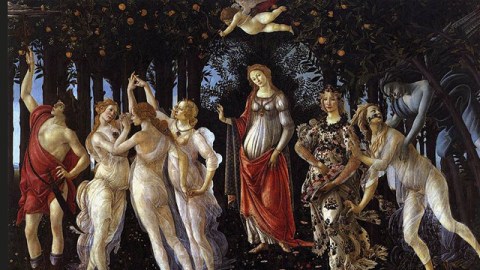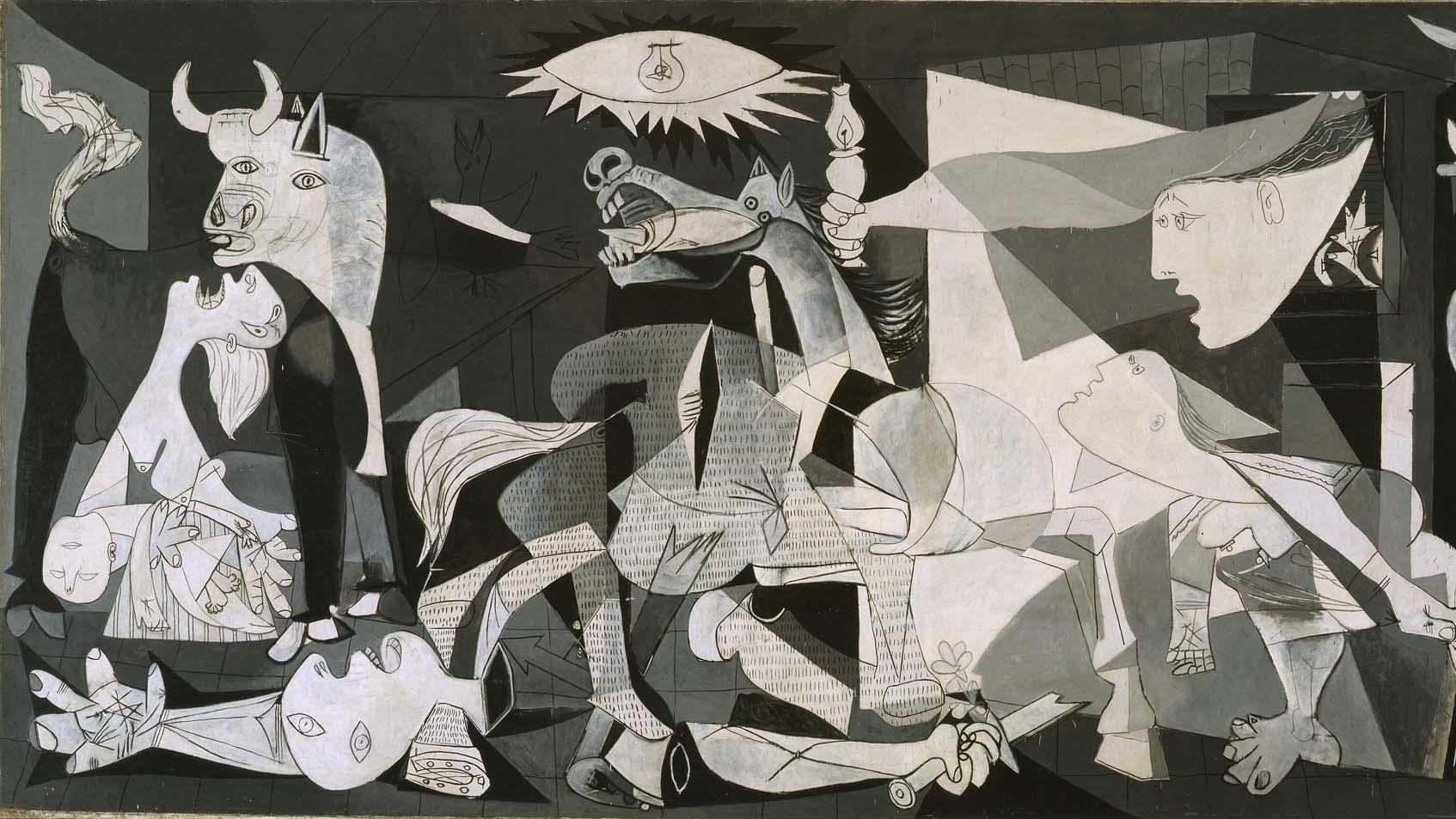The Next Best Thing?: Digitizing the Museum Experience

One of the greatest art experiences of my life was going to Paris and roaming the Louvre. Making the pilgrimage to the Mona Lisa, checking out the Nike, walking around the Venus de Milo—we hit all the highlights that time allowed. And yet time always felt like it was running out. Nothing beats standing in front of a work of art and studying every nuance. But the problem of getting to stand in front of masterpieces is insurmountable in many cases. Reproductions in books have always been “the next best thing,” but a far second. Now, with improvements in digital reproduction, “the next best thing” comes pretty darn close.
Halta Definizione in Italy now makes available a selection of Renaissance masterpieces in extremely high definition. Using “a sophisticated processing of photographic shooting, certificated by the Istituto Superiore per la Conservazione ed il Restauro, enabling the production of images of treasures of art whose definition goes into the sharpest details,” Halta Definizione’s site allows you to zoom in and roam around the images as if you were actually standing before the framed painting. The current star-studded lineup features Sandro Botticelli’s Primavera and The Birth of Venus, Verrocchio and Leonardo da Vinci’s Baptism of Christ, Caravaggio’s Bacchus, and da Vinci’s Annunciation. They promise to add more over time, probably also from the miles of Renaissance masterpieces littering Italy with breathtaking beauty.
I admit that being able to study a Botticelli in my underwear any time of day or night has its appeal. Reproductions in books and prints just don’t do most artworks justice. Online files often distort colors and lose detail as well. It’s just the nature of the beast of reproducing something—you always lose something in the transmission. However, with this new technology, we lose very little.
But we still lose something. Being able to zoom in and find Venus’ beauty mark has its charms, but it also robs us the sense of human scale that can only come from being physically in front of the work. Halta Definizione helpfully provides a feature that gives measurements of the work or a detail in the work, but those numbers just don’t mean anything to me in terms of impact. It repeats the evil of book reproductions in terms of size distortion. Books literally cut Barnett Newman’s Vir Heroicus Sublimis to less than heroic size, rendering it little more than a series of interesting colors and lines. Looking at the issue from the other end of the scale, people often do double takes in front of a Vermeer work such as Girl With a Pearl Earring, expecting a grand portrait instead of an intimate study of exceeding delicacy. And that’s just talking about the front of the paintings! When I read that Mark Rothko painted many of his early works using commercial house paints on army surplus canvas and that those poor materials were literally disintegrating on many museum walls, I began sneaking a peak behind every Rothko I came across. Seeing that decay behind the liveliness of the surface added a whole new dimension to Rothko’s art for me. That dimension—the third dimension—can never really be reproduced online, even by the most stunning virtual reality.
And yet this progress is still progress. Lacking, as Andrew Marvell wrote, “world enough, and time,” nobody can venture to every corner of the globe to see every masterpiece on their “bucket list.” If we can only see these works in electronic form, it is still better than never seeing them at all. It is better to have zoomed and lost that physical presence, than to have never zoomed at all.
[Many thanks to Adrienne B. for tipping me off to the Halta Definizione site.]




